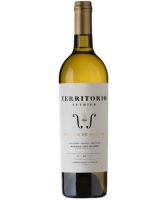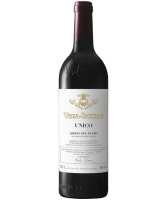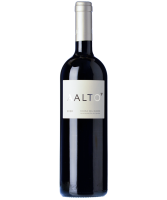

Ribera del Duero: A Land Where Extremes Shape Exceptional Wines
Ribera del Duero, a prominent Denomination of Origin (DO) in northern Spain, is often considered one of the best wine regions in the world. From the high plains of Castilla y León to the banks of the Duero River, this region is an example of how nature's extremes can be harnessed to produce wines of extraordinary quality. Its unique combination of challenging climate, diverse soils, ancient vines, and passionate people has fostered a deep winemaking tradition that continues to evolve while preserving a rich heritage. One can't help but marvel at the region's remarkable ability to consistently produce both complex and approachable wines with a clear sense of place. Let's explore the four foundational pillars that make Ribera del Duero a distinctive terroir.
A Challenging Climate: The force behind concentration and structure
The climate in Ribera del Duero is one of the defining features of the region and undoubtedly plays a significant role in the character of its wines. Situated at altitudes between 750 and 1,000 metres, Ribera del Duero experiences a continental climate characterised by stark contrasts between hot summers and cold winters. The region's winters are harsh, with temperatures regularly dipping below freezing. In contrast, summers can be scorching, with highs reaching upwards of 40°C. This diurnal temperature variation (the difference between daytime and nighttime temperatures) can be as much as 20°C, providing ideal conditions for the slow and gradual ripening of the grapes.
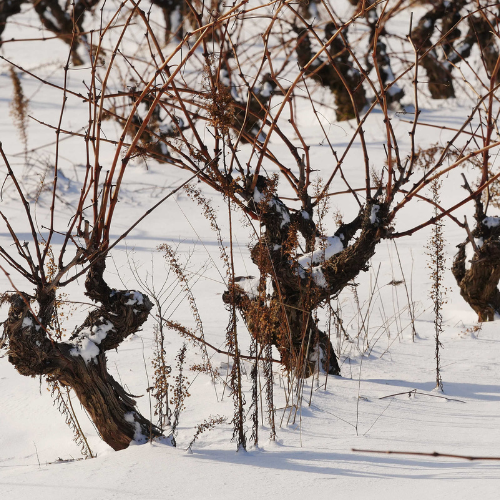

This climatic stress is incredibly beneficial to the vines. During the growing season, the high temperatures cause the vines to struggle, producing smaller grapes with thicker skins. This, in turn, enhances the concentration of flavours, colour, and tannins in the resulting wine. The cool nights preserve the grapes' acidity, ensuring balance and structure. Combining these factors makes wines rich in fruit, with a solid backbone of tannins and a remarkable ageing potential.
Annual rainfall in Ribera del Duero averages less than 400mm, which is relatively low for a wine region. Irrigation is sometimes necessary, but the region's reliance on dry farming means that winemakers must adapt to the land's natural rhythms. Despite these challenges, the climate infuses the wines with purity and intensity, reflecting the region's raw, untamed beauty.
Unique Soils: The diversity of terroir that defines each wine
Ribera del Duero's soils are as varied and complex as its climate. The primary soil types found in Ribera del Duero can be classified into four broad categories: clay, limestone, sandy, and alluvial. These soils vary across the region and often within individual vineyards, allowing for various flavour profiles in the wines produced here. The soils in Ribera del Duero are notably rich in limestone and other mineral elements, which provide good drainage and reflect the sun's heat during the day, helping to ripen the grapes evenly. The diversity of terroir means that winemakers can find ideal conditions for specific grape varieties, particularly the flagship Tempranillo (locally known as Tinta del País), which thrives in this environment.
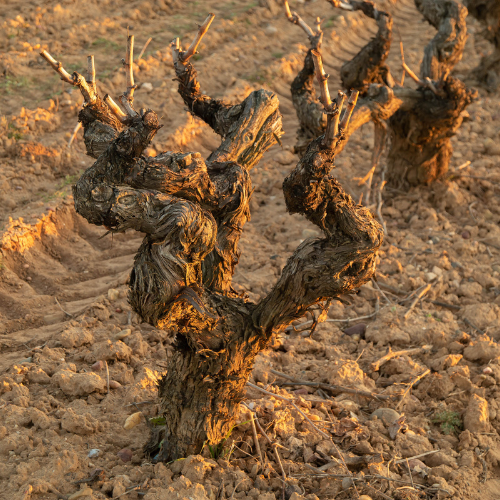

The most famous vineyards in Ribera del Duero, such as Vega Sicilia, have long recognised the importance of terroir, selecting specific plots based on their soil composition and microclimates. For example, at Vega Sicilia's famed estate, the "Alión" vineyard, different parcels are planted on distinct soil types, ranging from stony clay to deep, rich alluvial soils. Such a varied landscape means winemakers can blend different fruit profiles to create wines with extraordinary complexity. The region's geological history also plays a key role. The Duero River, which flows through the region's heart, has carved out terraces of fertile land over millions of years, creating a patchwork of soils that influence the wines in subtle but significant ways.
Old Vines: The roots of Ribera del Duero
Ribera del Duero's winemaking practices are built upon a deep-rooted ancestry of ancient vineyards. It is estimated that around 9% of the region's vineyards are over 80 years old, with some dating back to the 19th century.
Winemakers revere these old vines for their ability to produce low yields of highly concentrated, intensely flavoured fruit. The roots of these venerable vines have penetrated deep into the soil, drawing up nutrients and minerals unavailable to younger plants.
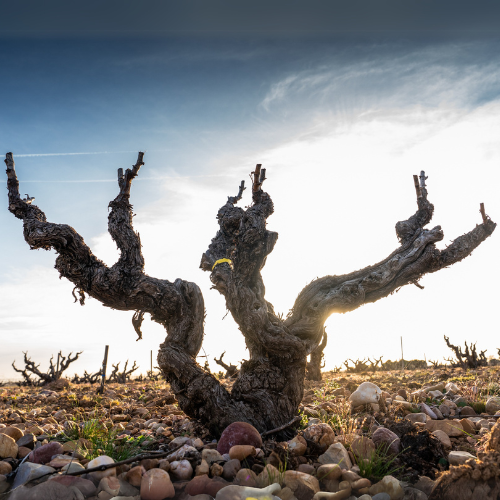

Passionate People: The custodians of tradition and innovation
Perhaps the most critical pillar of Ribera del Duero is the people who have dedicated themselves to the land and its winemaking traditions. The region's winemakers are fiercely committed to maintaining the land's origin while adopting innovation.
This region's winemakers are not simply wine producers but custodians of a centuries-old tradition. Many of the region's finest estates are family-owned, with multiple generations working on the same plots of land. The pride these families take in their vineyards is reflected in the painstaking consideration they put into every aspect of the process, from hand-harvesting the grapes to selecting the most suitable oak barrels for ageing.
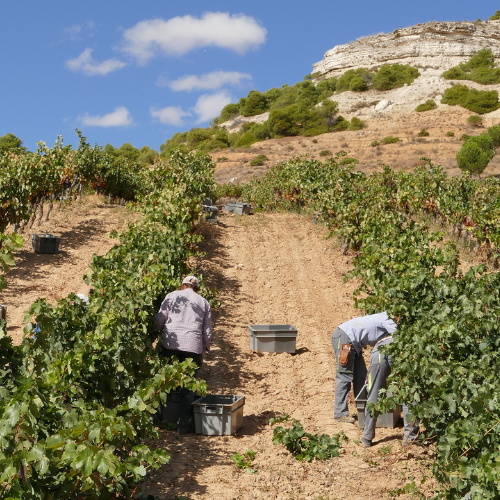

Moreover, the region is at the forefront of research into new grape varieties and sustainable viticulture practices. With the challenges posed by climate change, Ribera del Duero's winemakers are constantly looking for ways to adapt. This includes experimenting with drought-resistant grape varieties and seeking ways to mitigate the impact of temperature extremes on the vines.
Ribera del Duero – A region of unmatched character
Ribera del Duero's wines are not merely the product of the land but a reflection of the extraordinary conditions and the passionate people who cultivate it. The combination of an extreme climate, diverse soils, ancient vines, and a deep commitment to custom and invention makes this region one of the most exciting in the world of wine. Exploring the wines of Ribera del Duero is a journey through a landscape where every bottle tells a story of perseverance, inheritance, and excellence.
As we look ahead, it's clear that Ribera del Duero will continue to be a beacon of quality in the wine world. Its wines capture the essence of the region's challenging environment and the dedication and passion of those who call this land home.





